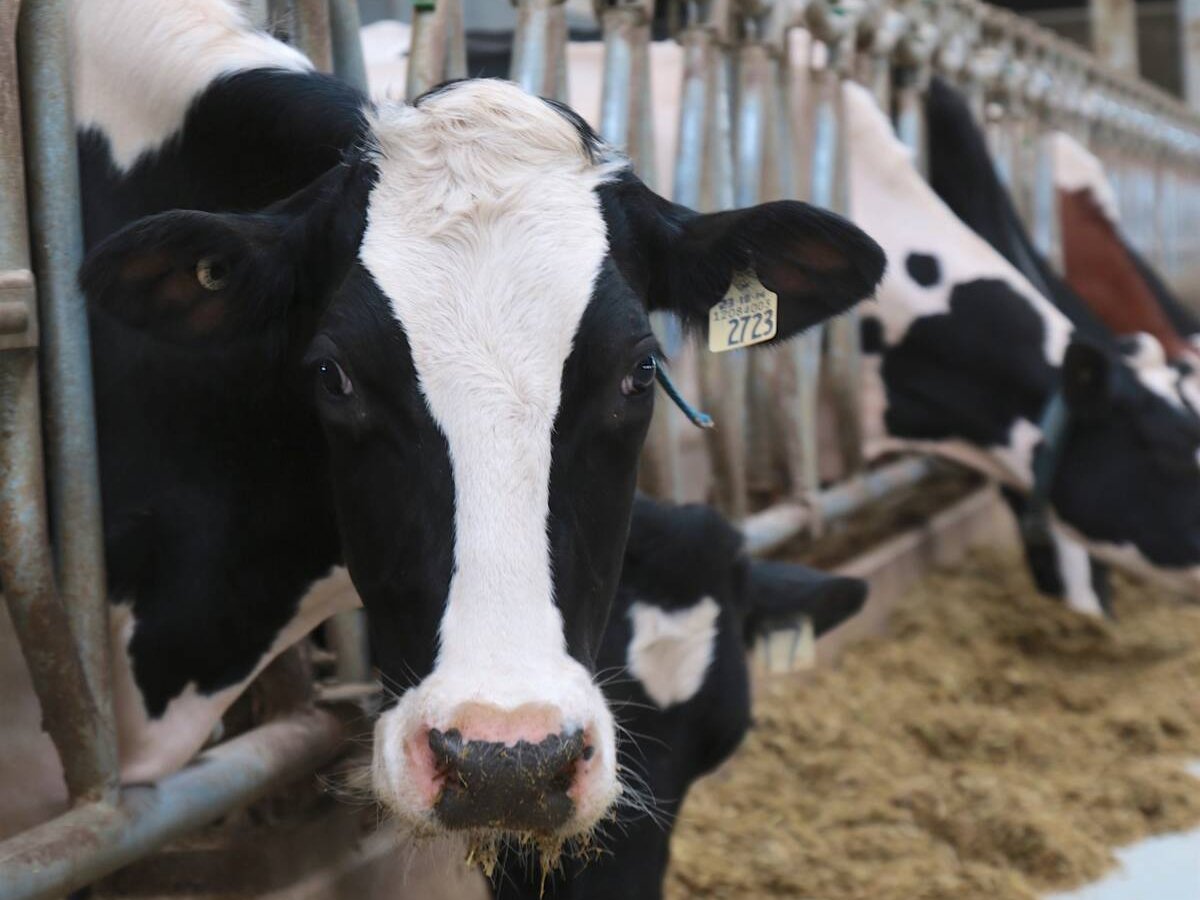Western Canada’s wheat industry is starting to get a handle on 2010 crop quality.
Agriculture Canada wheat analyst Stan Skrypetz said it is reminiscent of the 2004 and 2005 crops, in which 37 and 41 percent of CWRS wheat made the top two grades respectively.
“It looks like we’ll be back to those two years,” he said.
The big question is how the rest of it will fare. In 2005-06, 43 percent of the CWRS crop graded No. 3. The previous year, 25 percent made that grade while 27 percent was deemed feed wheat.
Read Also

The Organization for Economic Co-operation and Development lauds Canada’s low farm subsidies, criticizes supply management
The Organization for Economic Co-operation and Development lauded Canada’s low farm subsidies, criticized supply management in its global survey of farm support programs.
Skrypetz thinks this year is shaping up to be more akin to 2005-06 than 2004-05 but a lot will depend on October weather.
Patrick Weatherald, a Canadian Wheat Board farm business representative for the Regina area, said crop quality looks grim in his region.
“There is going to be a very limited amount of No. 1s and No. 2s this year. The dominant grades are going to be No. 3s and feeds,” he said.
Farmers who managed to escape the mildew, sprouting and fusarium in their crops were hit by frost damage.
Weatherald said the CWB’s marketing strategy will be to separate higher quality from lower quality feed wheat so it can be sold into milling markets.
“Canada feed wheat with a high falling number is going to be ultimately moving into a different market than Canada feed that is polluted with sprouts.”
There will likely be plenty of marketing challenges as the year unfolds.
For instance, there is a shortage of No. 1 and No. 2 high protein durum in the handling system because some farmers are too busy harvesting to deliver it and others are holding onto good quality durum from last year in hopes of blending it with this year’s poor quality crop.
“That’s creating a bit of a problem for us, to the point that we’re looking at a number of creative ways of attracting some No. 1 and No. 2 durum right now to hit some vessels,” said Weatherald.
He encouraged growers who have completed harvest to start blending and delivering their durum if they manage to achieve No. 2 quality.
But getting into the fields is easier said than done.
“I’ve talked to farmers that have been stuck three times in a day in one field,” said Weatherald.
Growers on soft fields are afraid of filling up their combines, which means more unloads. They can’t park their semi-trailers as close as they want, which means longer trips back and forth to the field. And they are forced to avoid multiple sloughs dotting their fields.
“All that takes time,” said Weatherald.
Some growers are actually hoping for frost because it would firm up the land and allow them to speed up their harvest work.
When harvest is finally complete farmers will face tough decisions, like whether they should use a grain dryer on feed wheat.
But Weatherald said the situation could be worse. Many farmers thought they would be running their combines next spring before the nice weather arrived in late September.















